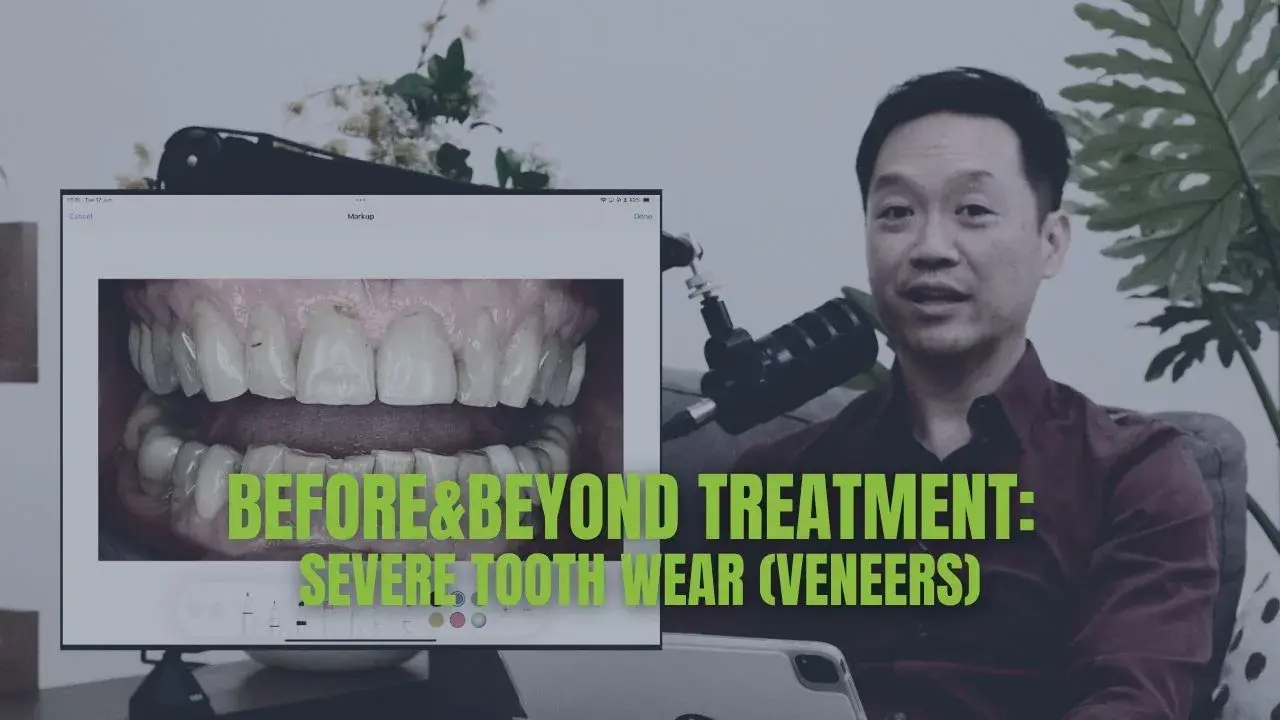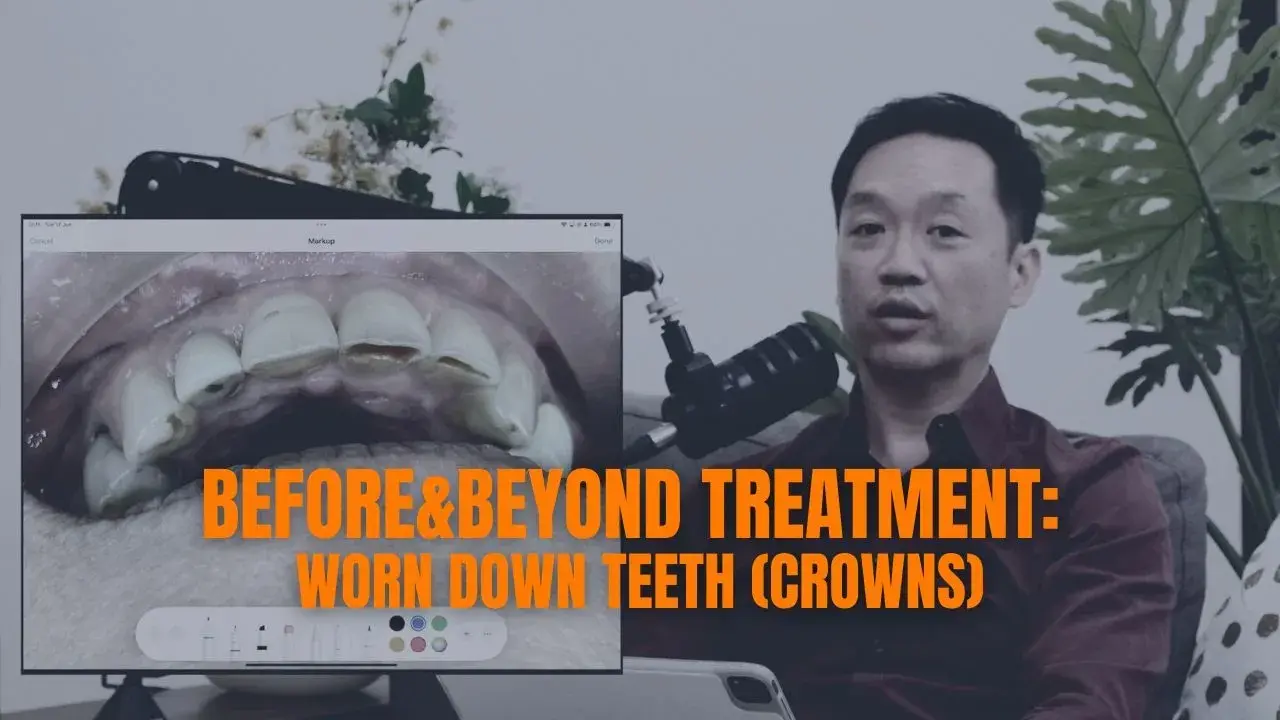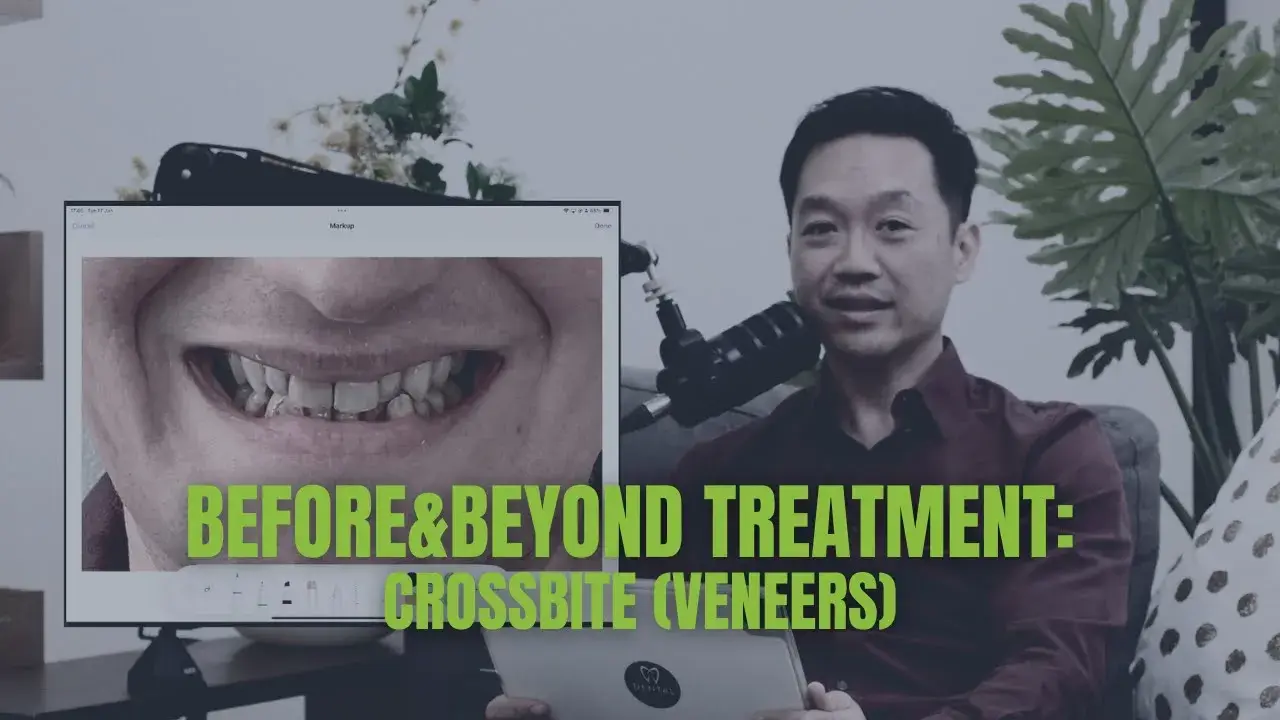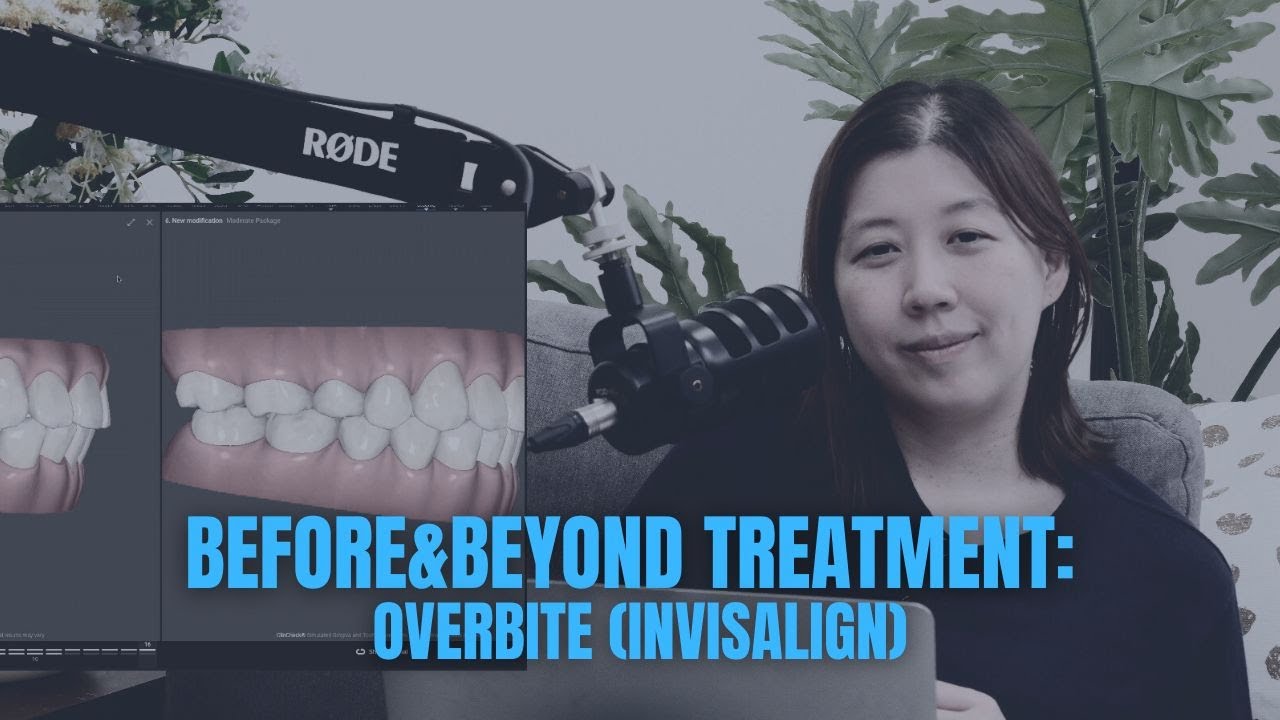About The Video
Dr Tiffany Tan presents a comprehensive Invisalign case involving a patient with crowding, rotated teeth, and a narrow jaw structure. The patient's main concerns included protrusive teeth and a smile that looked too wide for her petite facial features. Dr Tiffany carefully evaluates initial simulations from Invisalign, identifying aesthetic issues despite technical alignment. This highlights the importance of clinical expertise and patient-specific adjustments in treatment planning.
Using a combination of detailed facial analysis, dental angulation corrections, and minimal shaving (IPR), Dr Tiffany modifies the digital treatment plan over several iterations. She explains the significance of factors like gum visibility, black triangles, and tooth proportions, tailoring the final smile design to the patient’s preferences. Her goal is to achieve harmony between function and appearance without the need for veneers or restorations—only through clear aligners.
Clear aligner therapy, like Invisalign, offers remarkable flexibility in orthodontic treatment, but its success depends heavily on careful customisation. As Dr Tiffany Tan illustrates, the default aligner plans may straighten teeth but often miss the finer aspects of facial aesthetics, symmetry, and smile harmony. Her step-by-step review process emphasises the importance of adjusting tooth positions based on how the patient speaks, smiles, and feels about their overall appearance.
Rather than relying solely on algorithms, she considers the angulation of each tooth, proportion between tooth and gum, and even minor asymmetries in smile width. By involving the patient in decision-making and respecting their preferences, Dr Tiffany ensures that the final results are not only clinically sound but also personalised and visually pleasing. This case highlights how a dentist’s insight and meticulous planning elevate aligner treatment from routine correction to smile artistry.





